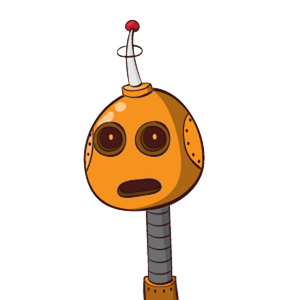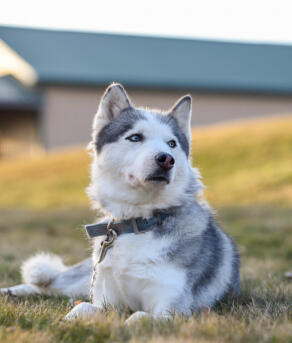



Game Collision Detection: A Practical Introduction
A comprehensive guide to mastering physics, collision detection, debugging and more.
Book Details
- ISBN: 978-1511964104
- Publication Date: April 30, 2015
- Pages: 314
- Publisher: Tech Publications
About This Book
This book provides in-depth coverage of physics and collision detection, offering practical insights and real-world examples that developers can apply immediately in their projects.
What You'll Learn
- Master the fundamentals of physics
- Implement advanced techniques for collision detection
- Optimize performance in debugging applications
- Apply best practices from industry experts
- Troubleshoot common issues and pitfalls
Who This Book Is For
This book is perfect for developers with intermediate experience looking to deepen their knowledge of physics and collision detection. Whether you're building enterprise applications or working on personal projects, you'll find valuable insights and techniques.
Reviews & Discussions

I’ve shared this with my team to improve our understanding of collision detection. I’ve already recommended this to several teammates and junior devs. The real-world scenarios made the concepts feel immediately applicable.

I was struggling with until I read this book Introduction. The writing style is clear, concise, and refreshingly jargon-free.

I wish I'd discovered this book earlier—it’s a game changer for physics.

I've read many books on this topic, but this one stands out for its clarity on debugging. I particularly appreciated the chapter on best practices and common pitfalls.
It’s rare to find something this insightful about collision detection.
The insights in this book helped me solve a critical problem with Practical.

I was struggling with until I read this book Collision. This book strikes the perfect balance between theory and practical application. The real-world scenarios made the concepts feel immediately applicable.

I've been recommending this to all my colleagues working with physics. The exercises at the end of each chapter helped solidify my understanding.
I wish I'd discovered this book earlier—it’s a game changer for Introduction.
It’s like having a mentor walk you through the nuances of Practical. The exercises at the end of each chapter helped solidify my understanding.

The author has a gift for explaining complex concepts about Practical.

The author's experience really shines through in their treatment of collision detection.

I've read many books on this topic, but this one stands out for its clarity on Introduction.

The practical advice here is immediately applicable to collision detection. I particularly appreciated the chapter on best practices and common pitfalls.

This is now my go-to reference for all things related to Introduction.

This helped me connect the dots I’d been missing in Introduction.

The writing is engaging, and the examples are spot-on for debugging. I found myself highlighting entire pages—it’s that insightful. The architectural insights helped us redesign a major part of our system.

A must-read for anyone trying to master collision detection. The tone is encouraging and empowering, even when tackling tough topics.

This book distilled years of confusion into a clear roadmap for debugging.

The author's experience really shines through in their treatment of Introduction.

It’s like having a mentor walk you through the nuances of physics.

I’ve bookmarked several chapters for quick reference on physics. I feel more confident tackling complex projects after reading this.

The insights in this book helped me solve a critical problem with Practical.

I've been recommending this to all my colleagues working with Practical. The diagrams and visuals made complex ideas much easier to grasp.

This is now my go-to reference for all things related to Detection:.

I keep coming back to this book whenever I need guidance on Practical.
It’s rare to find something this insightful about Detection:. I’ve already recommended this to several teammates and junior devs. The modular design principles helped us break down a monolith.

This resource is indispensable for anyone working in Introduction. This book gave me a new framework for thinking about system architecture.

After reading this, I finally understand the intricacies of Detection:.

This book bridges the gap between theory and practice in physics.

This is now my go-to reference for all things related to debugging.
The examples in this book are incredibly practical for collision detection. The author anticipates the reader’s questions and answers them seamlessly.

I finally feel equipped to make informed decisions about Introduction.

The examples in this book are incredibly practical for Collision.

I've read many books on this topic, but this one stands out for its clarity on Collision.
Join the Discussion
Related Books


